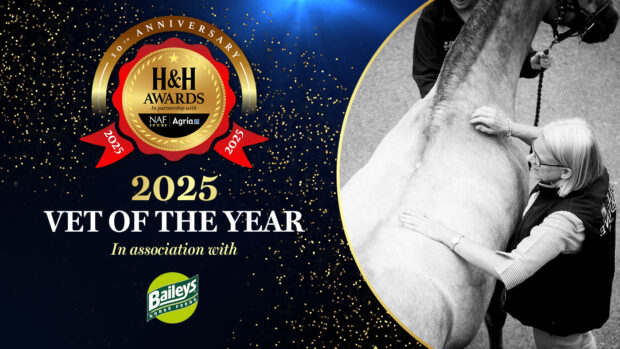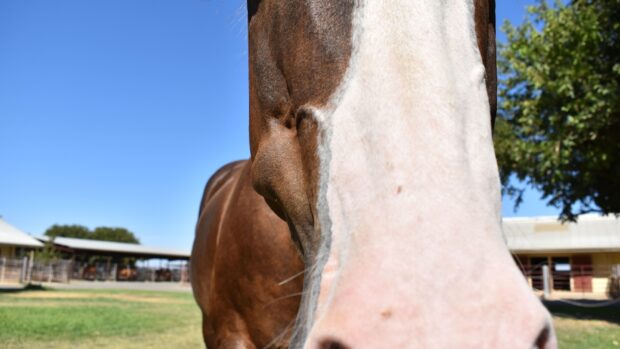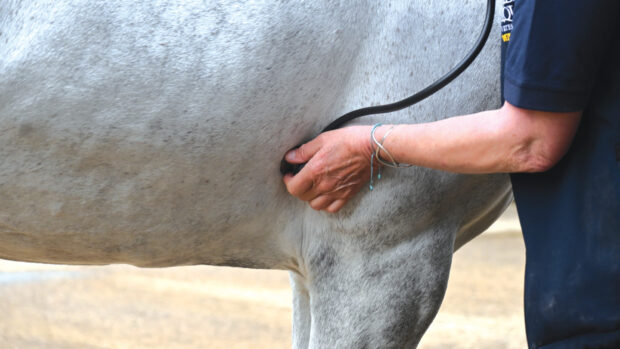I had fewer cases to see this week as I was away from home examining at the University of Liverpool and then I had to head south to B&W Equine Group in Gloucestershire to teach on a veterinary gastroscopy and abdominal ultrasound course. Increasing numbers of equine practices now have access to a gastroscope and it’s important that all of the inside of the stomach is thoroughly examined so that no ulcers are missed.
While this might sound simple, it can actually be quite tricky to get all the way around the stomach. It was good to be able to pass on lots of helpful tips and tricks that make the gastroscopy technique more straightforward and ensure reaching the ultimate destination — the pylorus (the exit from the stomach)!
As well as looking inside stomachs, my endoscope occasionally has to examine other internal organs. A gelding with signs of discomfort when urinating and evidence of blood in his urine, particularly after exercise, was an indication to endoscope his bladder. This was done under sedation to make passing the endoscope both more comfortable for the horse and safer for the vet at the dangerous (kicking) end.
 We found a large bladder stone (pictured right) which had caused significant inflammation to the bladder lining. Horse urine is particularly rich in calcium crystals, which can then accumulate to form a stone. They can become reasonably large before any outward signs are shown. It’s not known for sure why bladder stones develop in some horses but fortunately they are relatively uncommon. Unlike other species, it is not possible to dissolve the stones by dietary management and therefore surgical removal is necessary.
We found a large bladder stone (pictured right) which had caused significant inflammation to the bladder lining. Horse urine is particularly rich in calcium crystals, which can then accumulate to form a stone. They can become reasonably large before any outward signs are shown. It’s not known for sure why bladder stones develop in some horses but fortunately they are relatively uncommon. Unlike other species, it is not possible to dissolve the stones by dietary management and therefore surgical removal is necessary.
The week ahead looks particularly busy with a client evening in the Lake District followed by a gastroscopy clinic, plus an assortment of cases to see. The summer is always a busy time in equine practice and it’s great to see lots of horses out and competing again after such a dismal start to the year.
Rachael



